Jaipur's Jewel: A 3 घंटे Journey
Join us for a captivating free walking tour through Jaipur's vibrant streets, uncovering rich history, stunning architecture, and cultural treasures.
Time
3 Hours
Stops
6 Places
Distance
5.6 km
Hawa Mahal
Begin your journey at the iconic Hawa Mahal, a stunning five-story palace known for its unique honeycomb structure and historical significance.
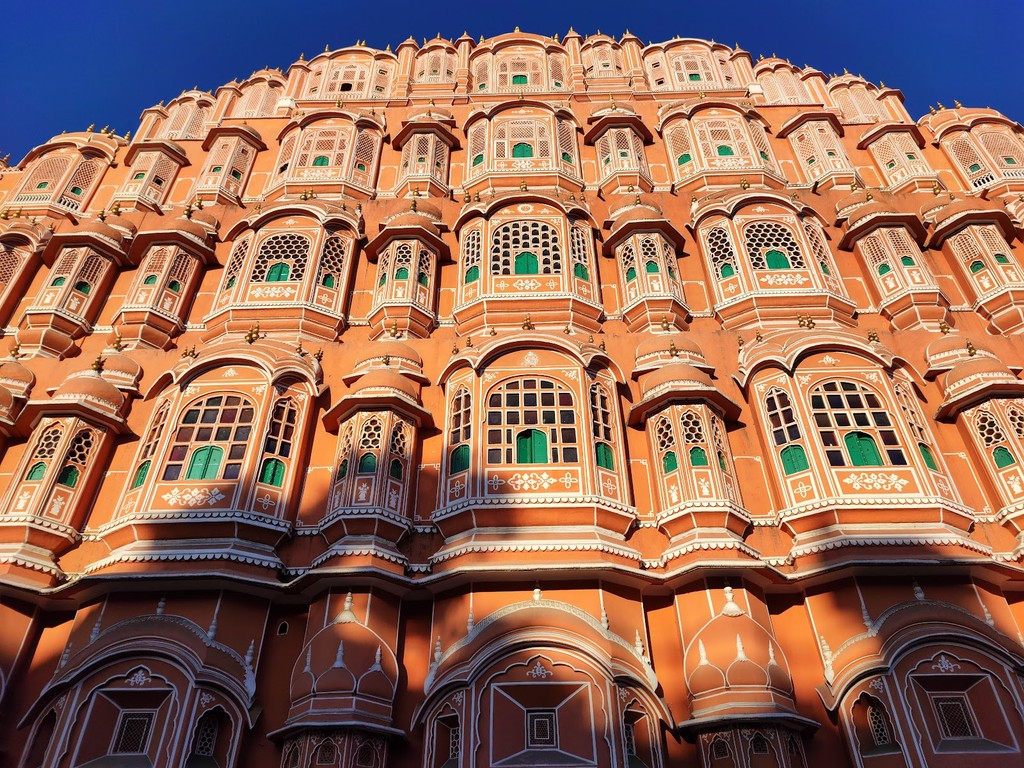
Hawa Mahal (Source: Google Maps)
Hawa Mahal, also known as the 'Palace of Winds', is a remarkable five-story structure built in 1799 by Maharaja Sawai Jai Singh II. Its unique honeycomb design features 953 small windows or 'jharokhas' adorned with intricate latticework, allowing royal women to observe street festivities without being seen. The palace served as a retreat for the royal family and remains a symbol of Jaipur's rich architectural heritage. The vibrant pink sandstone facade, which is especially beautiful during sunrise and sunset, is a testament to Rajputana artistry and innovation.
Govind Dev Ji Temple
Walk to the Govind Dev Ji Temple, a revered Hindu temple dedicated to Lord Krishna, known for its vibrant atmosphere and spiritual significance.
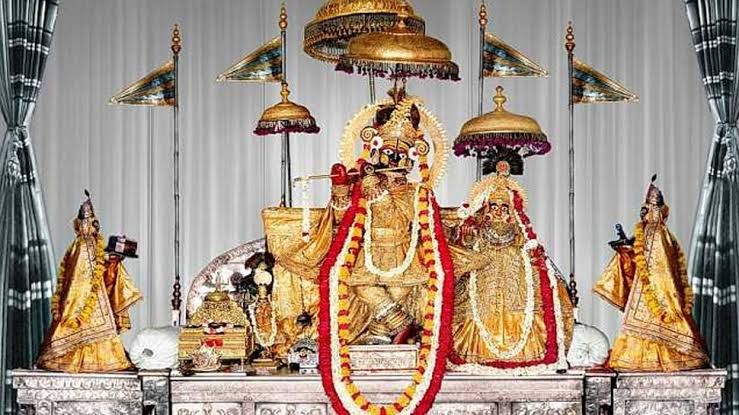
Govind Dev Ji Temple (Source: Google Maps)
The Govind Dev Ji Temple is one of the most revered Hindu temples in Jaipur, dedicated to Lord Krishna. Built in the 18th century, this temple is known for its exquisite architecture and vibrant atmosphere, attracting thousands of devotees daily. The temple houses a black marble idol of Lord Krishna, which is believed to be self-manifested. The annual celebrations during Janmashtami and other festivals draw large crowds, showcasing the temple's cultural significance. The intricate carvings and beautiful paintings within the temple depict stories from Hindu mythology, making it a spiritual and artistic haven.
City Palace
Continue to the nearby City Palace, a magnificent blend of Rajasthani and Mughal architecture, showcasing the opulent lifestyle of Jaipur's royal family.
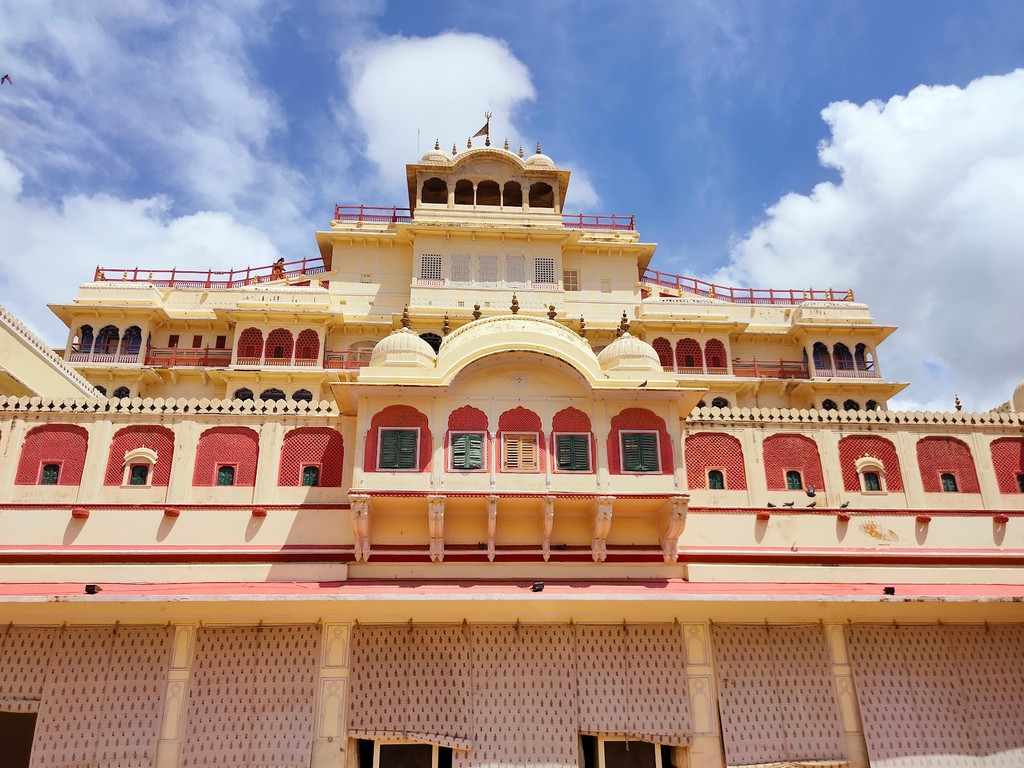
City Palace (Source: Google Maps)
The City Palace in Jaipur is a magnificent complex that reflects a harmonious blend of Rajasthani and Mughal architecture. Constructed in the 18th century, it served as the royal residence of the Maharajas of Jaipur. The palace features several courtyards, gardens, and buildings, including the Chandra Mahal and Mubarak Mahal, which showcase intricate decorations, stunning frescoes, and exquisite artifacts. The City Palace is not only a symbol of the royal legacy of Jaipur but also houses a museum that displays royal costumes, weapons, and art, offering visitors a glimpse into the opulent lifestyle of the erstwhile rulers.
Jantar Mantar
Just a short walk away, visit Jantar Mantar, an astronomical observatory featuring the world's largest stone sundial, offering insights into 18th-century scientific advancements.
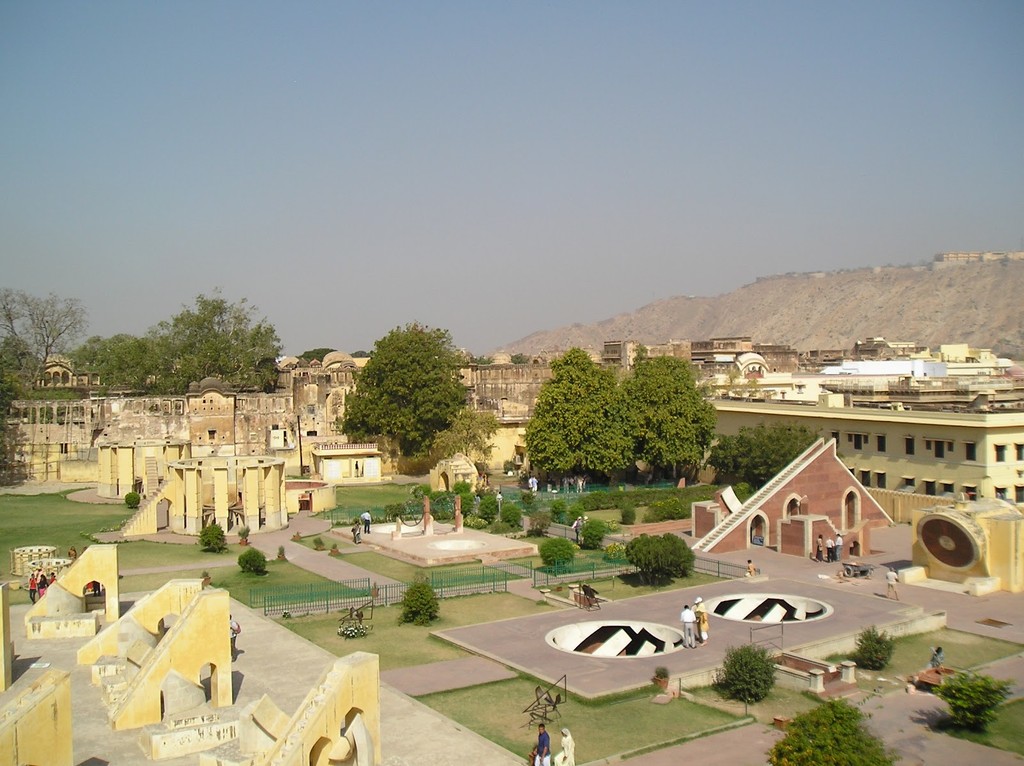
Jantar Mantar (Source: Google Maps)
Jantar Mantar, built in 1728 by Maharaja Sawai Jai Singh II, is an astronomical observatory that showcases the scientific advancements of the 18th century. It features a collection of architectural astronomical instruments, including the world's largest stone sundial, the Samrat Yantra, which accurately tells time to the nearest second. The observatory was constructed to facilitate astronomical observations and to improve the calendar system. Jantar Mantar is recognized as a UNESCO World Heritage Site, reflecting India's rich history in astronomy and mathematics, and continues to attract scholars and tourists alike.
Albert Hall Museum
Discover the Albert Hall Museum, the oldest museum in Rajasthan, with an extensive collection of artifacts showcasing the region's rich history and culture.
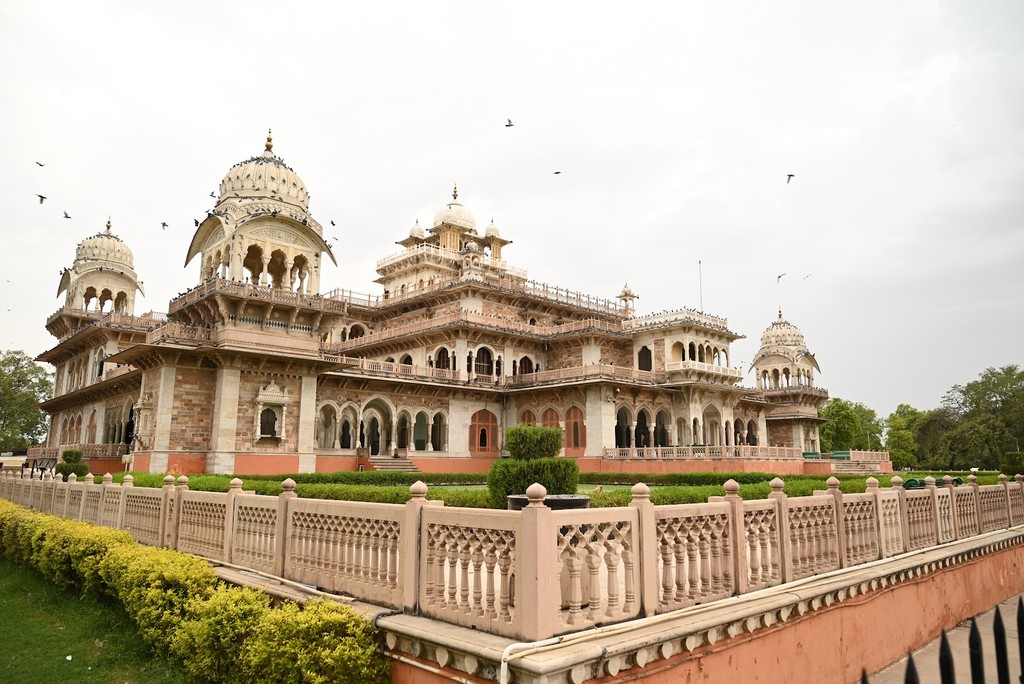
Albert Hall Museum (Source: Google Maps)
The Albert Hall Museum, established in 1880, is the oldest museum in Rajasthan and a prominent example of Indo-Saracenic architecture. The museum is named after King Albert of Britain and houses an extensive collection of artifacts, including textiles, paintings, and sculptures that represent the rich cultural heritage of Rajasthan. The museum's stunning architecture features intricate latticework and a beautiful dome, making it a visual delight. Visitors can explore the various galleries that showcase the history and art of the region, including a notable collection of Persian carpets and an Egyptian mummy, highlighting the museum's diverse cultural significance.
Birla Mandir
Conclude your walking tour at the stunning Birla Mandir, a modern architectural marvel made of white marble, dedicated to Lord Vishnu and Goddess Lakshmi.
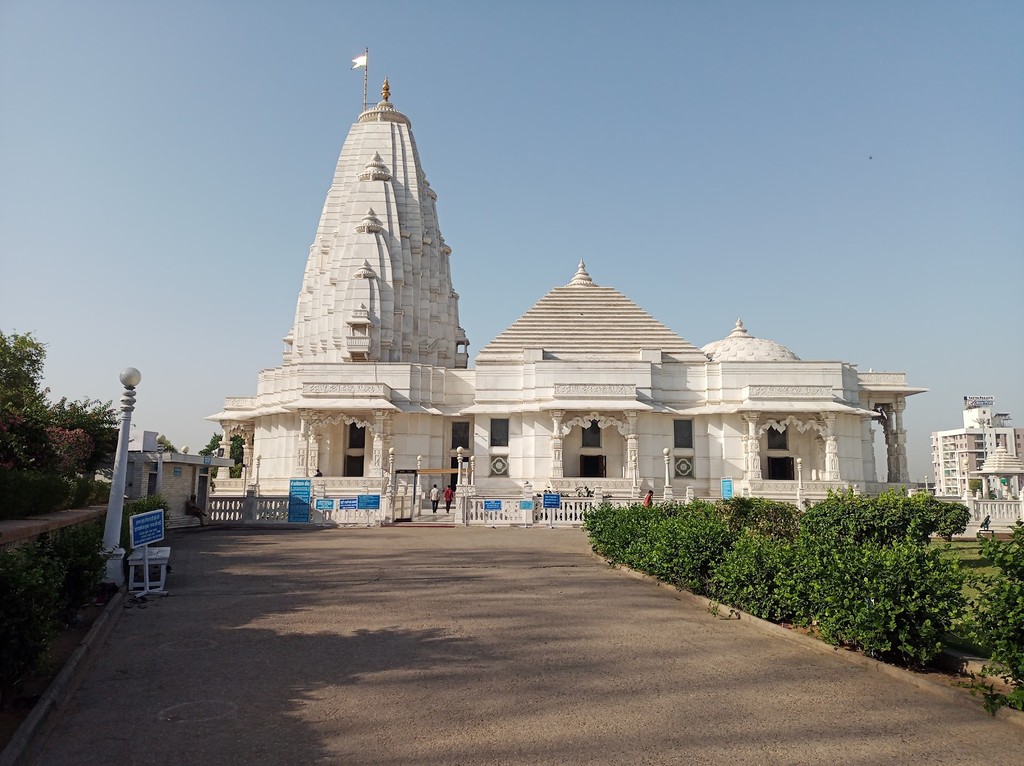
Birla Mandir (Source: Google Maps)
Birla Mandir, also known as the Laxmi Narayan Temple, is a modern architectural marvel built in 1988, dedicated to Lord Vishnu and Goddess Lakshmi. Constructed from white marble, the temple stands out against the vibrant backdrop of Jaipur's landscape. The intricate carvings and sculptures adorning the temple depict various deities and mythological scenes, showcasing the craftsmanship of the artisans. The temple is set in a serene environment, surrounded by lush gardens, making it a popular spot for both spiritual seekers and tourists. The peaceful ambiance and stunning architecture provide a perfect conclusion to your exploration of Jaipur.

Your travels, your rules.
Create your own Free Walking Tours.
Set your preferences, distances and anything you want to do or see.
Completely free, no payment required.